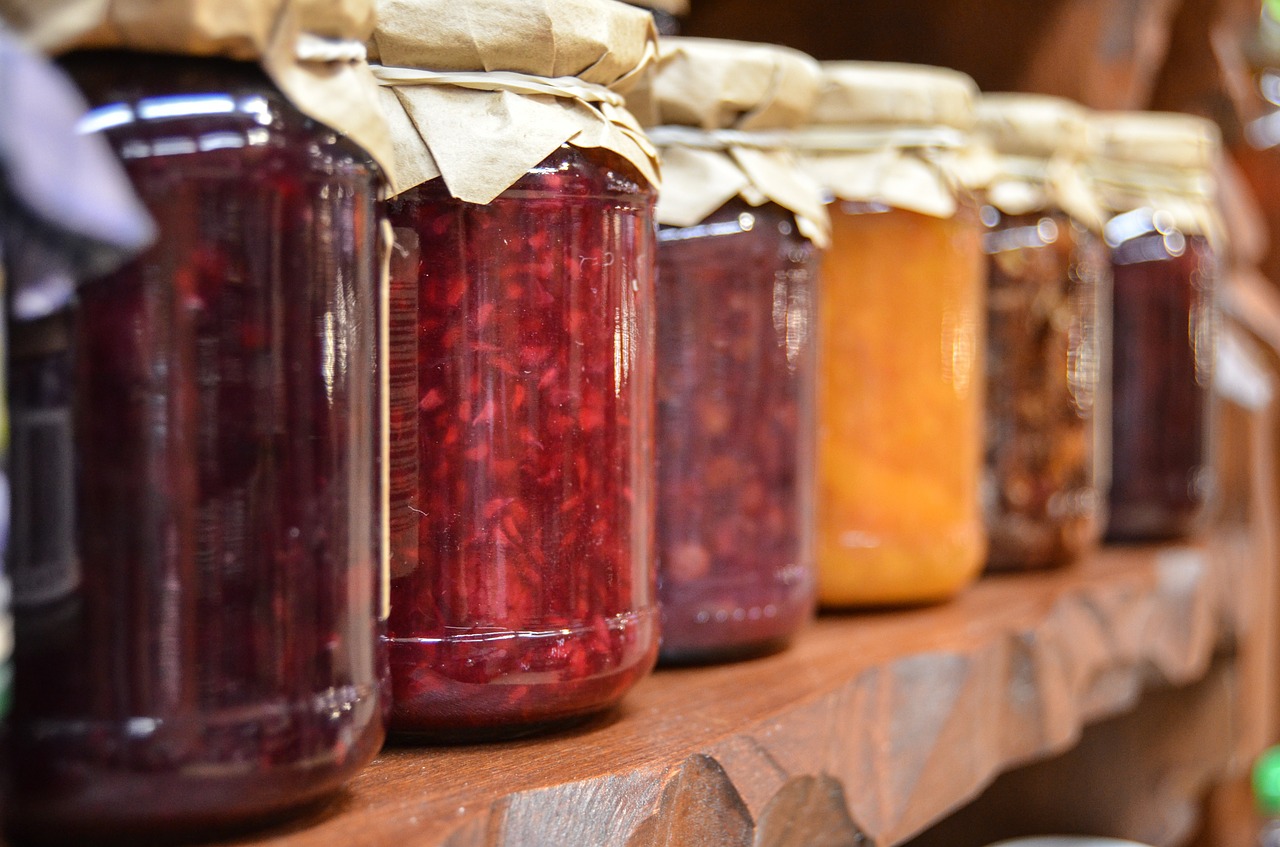Launching a new private label product in a crowded marketplace requires not only a quality, competitive product, but also an effective marketing approach. And it starts in one very important place: the store shelf.
Private label and store brand products gained significant market share of consumer packaged goods since 2009 mainly due to the hard-hit economy. Consumers changed their buying habits, picking up more private label items because of lower prices. Brand names usually lose the competition for consumer dollars when money is tight.
Over the past couple years, as the economy has recovered, growth in private label sales has slowed. But sales have still remained steady as buyers discovered that private label products were often of comparable, rather than lower, quality when compared to name brands. If private label brands cost less but the experience is the same, consumers will continue to choose to pay less. So the outcome of the economy-driven growth of private label products has been:
- Consumers are more trusting of non-name-brand products.
- Consumers continue to choose lower-priced private label items because they have found them of similar quality to name brands.
- Consumers even begin to consider some private label brands as “name brands” in themselves and are trusting of products across multiple categories that bear the private label name.
- New small private label brands continue to enter the marketplace.
- Big brand players are now embracing and entering the private label marketplace.
Winning in a Sea of Private Labels
Since the private label industry offers such opportunity, it’s important to position your private label product for success.
Take Cues from Successful Brands in Your Category
Sometimes longtime leading brands can sometimes get by on outdated branding and packaging, but it’s worth looking to them anyway for insights. This is especially useful if a heritage brand suddenly presents redesigned labels/packaging. A national brand shouldn’t be copied outright, but review the elements that make up the packaging for ideas on what should be included or featured.
Use Attractive Art and Images on Your Label/Packaging
Even if you’re launching on a shoestring, don’t “cheap out” on package labeling. Your product may be amazing, but prospective customers will never know if the label doesn’t inspire them to purchase it. Design quality label and packaging artwork—and your success is worth hiring a professional to do the work.
Use Legible But Interesting Fonts
Unique fonts and text can truly define your private label brand, so take the time to choose typography that communicates who you are. But avoid fonts that are so “artistic” that they are difficult to read. Heavy scripts, narrow or thinline characters, and condensed type can all be difficult to make out, especially if it’s too small, lacking contrast, or part of a busy design. Test your art by viewing it from several feet away, as if browsing products on a store shelf—because that’s how your customers will encounter it.
Consider Unique Label Materials
Most product categories use a similar “standard” type of label material, but with the right product a unique label material can really stand out. Organic or natural products are nicely featured with labels that evoke that same “feel”—textures, fabric (real or simulated), natural colors. Modern or technologically advanced products can benefit from metallic overlays or “futuristic” materials. Beyond flat labels with various color schemes, consider if some dimensionality (texture, cutouts, layers) will communicate even better.
Highlight Your Brand’s Benefits—Functional and Emotional
Ultimately, all of your brand labeling and marketing should be consistent with the core message of your brand. And that core message isn’t just about your brand, but even more so why the customer should choose you. “What’s in it for me?” Communicate not just why your product is great, but how your great product benefits the customer, both functionally (how it works, for example), but emotionally (why you’ll love it).
You know your private label brand is worth choosing—make it stand out on the shelf with amazing labeling.

